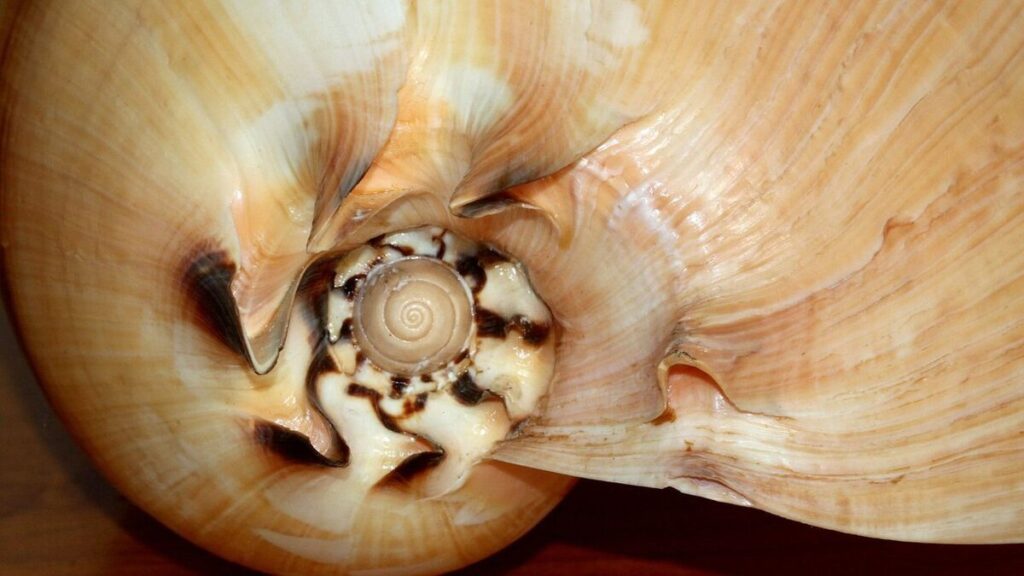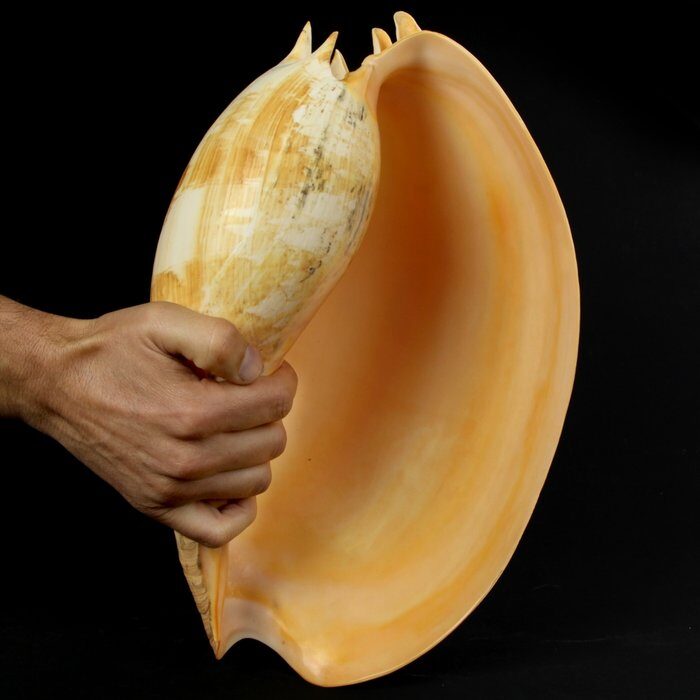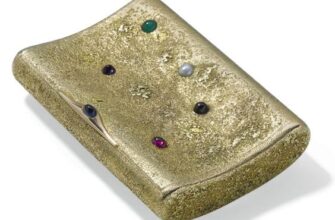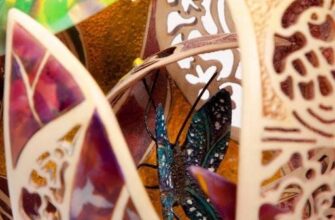Who hasn't collected shells on the sea coast? Of course, everyone was engaged in this exciting activity! These small architectural natural works captivate with their grace and cosmic unusual forms!
And all this abundance fit in one palm!

Today I invite you, dear readers, to get acquainted with shells that will not fit in the palm of your hand, but in the largest one you can easily fit a person:
Fossil giant clam (Tridacna gigantea)
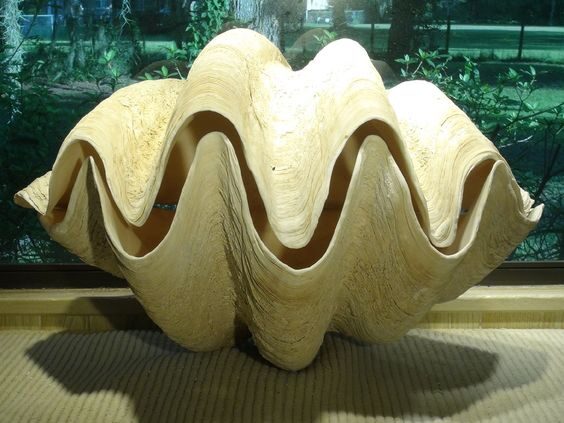
A fossil shell of a giant clam (Tridacna gigantea) was found on the south-eastern border of Kenya using ground penetrating radar at a depth of 3 meters. This species of mollusk became extinct during the late Pleistocene period, about 180 years ago.
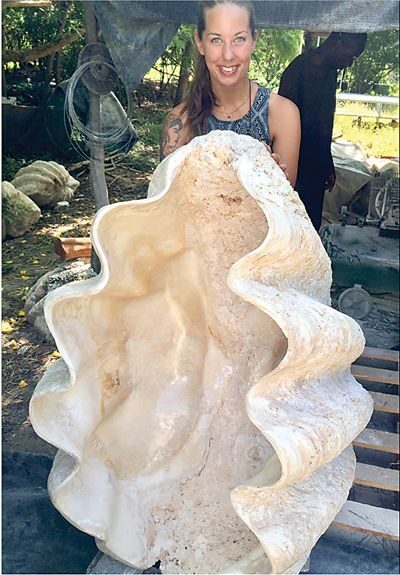
One of the researchers of these giant shells, Volker Bassen, says:
Throughout history, shellfish have been found in quarries along the coast of East Africa. When I first saw one 20 years ago, I was amazed by the sheer beauty and size. The shells did not see sunlight for at least 180 years before they died out. We can now enhance their beauty by using experienced craftsmen to thoroughly clean, sand and polish them.
The largest giant mollusk shell in history was discovered off the Japanese island of Okinawa in 1956, weighing 270 kg. My largest cot weighs about 100kg more. Today's giant Tridacna Gigas clams are well protected.
The largest blister pearl from the Bassen collection, the size of a mango, was presented at The Hotel Show Dubai:

"It's hard to say how many are left, but I can promise you that there are more diamonds in the world than there are these giant clam shells."
Looking at these ancient shells, the myth of Aphrodite emerging from a shell becomes very real!
The remaining 9 “heroes” will not be so impressive in size, but they are beautiful.
Royal Strombus
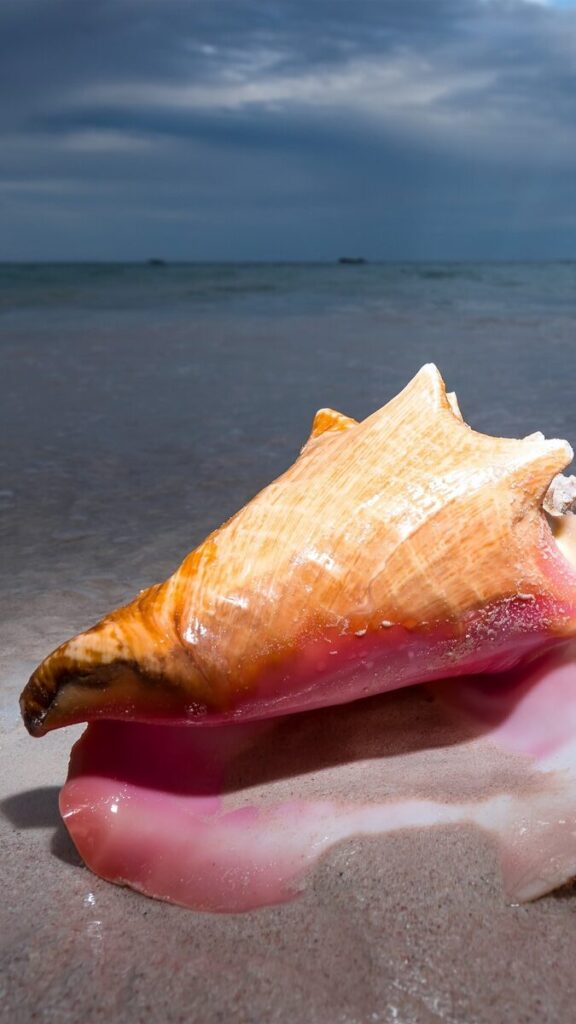
The giant strombus, or royal strombus, is a gastropod from the family Strombidae. They live in the western part of the Atlantic Ocean.
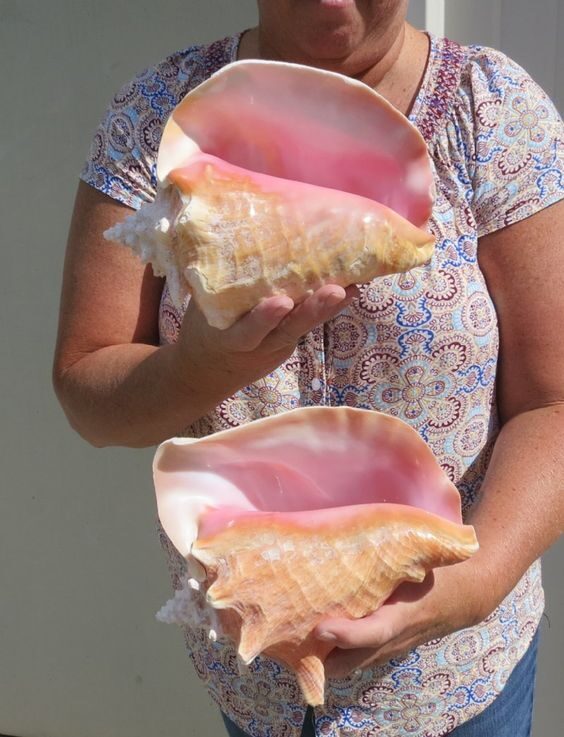
Mostly its shell reaches a size of 25 cm, but there are also giant specimens.
Australian trumpet or false trumpet
This is a species of extremely large sea snail, up to 91 cm long and weighing up to 18 kg.
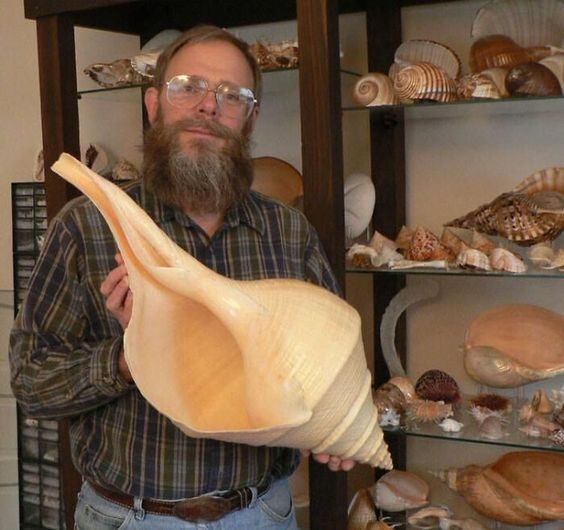
It is the largest living snail species in the world and possibly the largest gastropod.
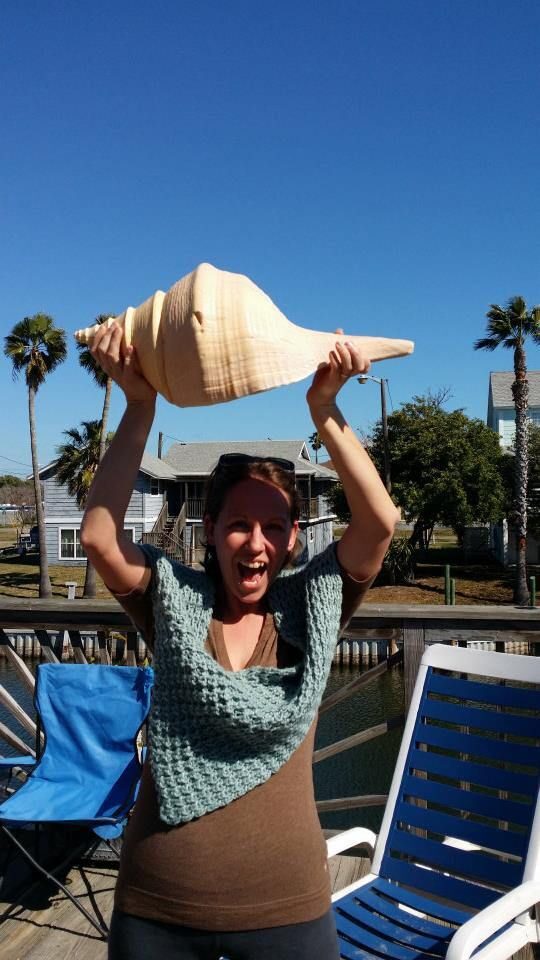
Imperial spiral seashells Cymbiola imperialis

The large Imperial Volute seashells have spines that resemble a royal crown. These impressive shells are common and usually found on sand in shallow waters.

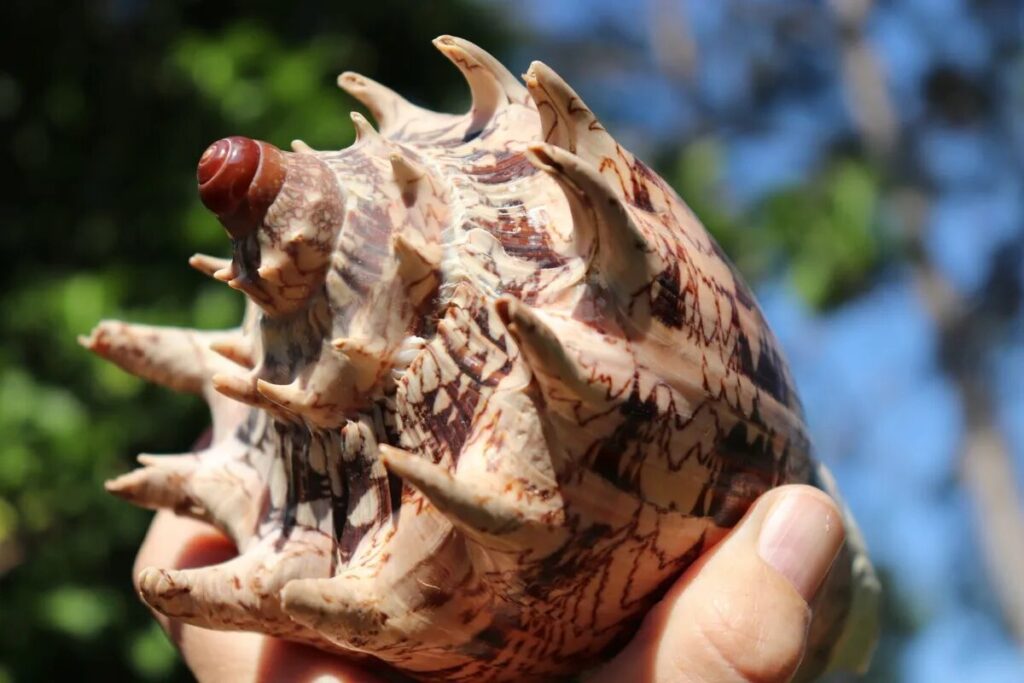
Lambis spider shell

Lambis, the common name for the conch spider, is a species of large sea snail, a marine gastropod of the family Strombidae.
The average length is about 20 cm, but there are also larger specimens, which are immediately purchased by collectors.
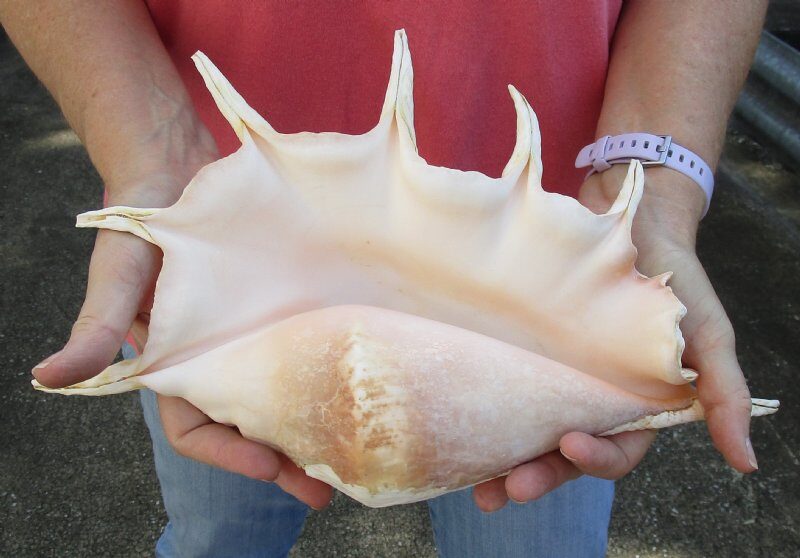
Giant newt shell
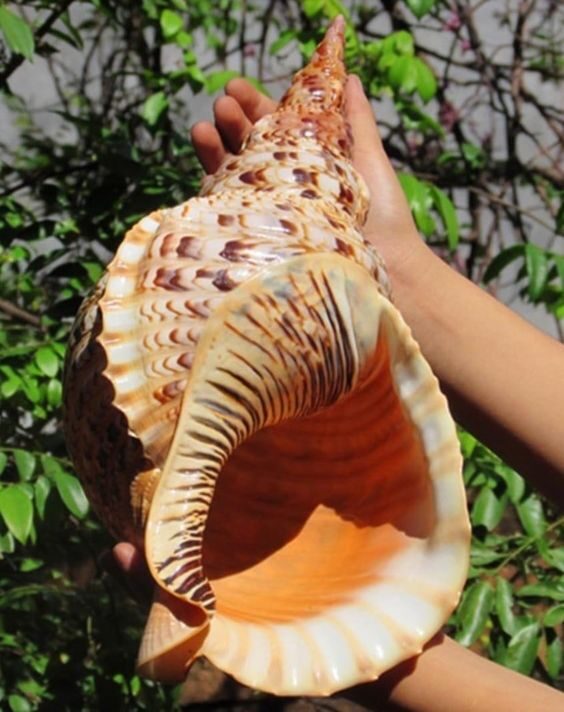
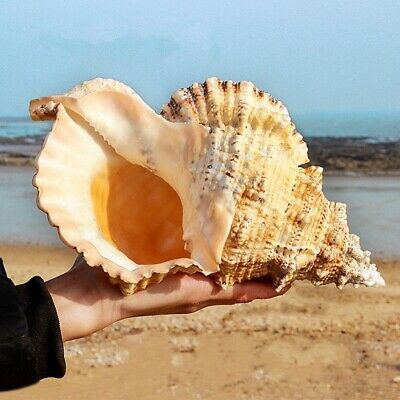
Scallop of impressive size
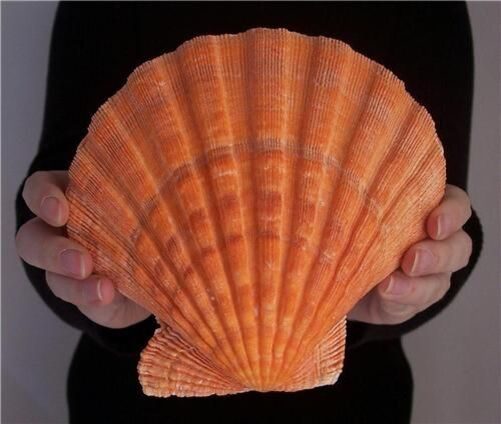
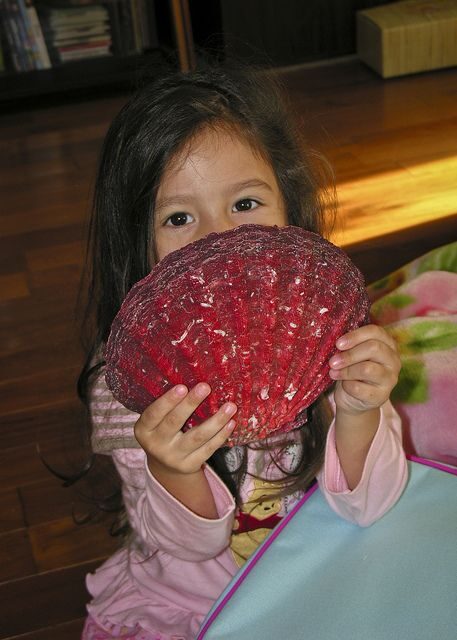
Cassis cornuta
The common name for this shell is “horned helmet” or “yellow helmet”.
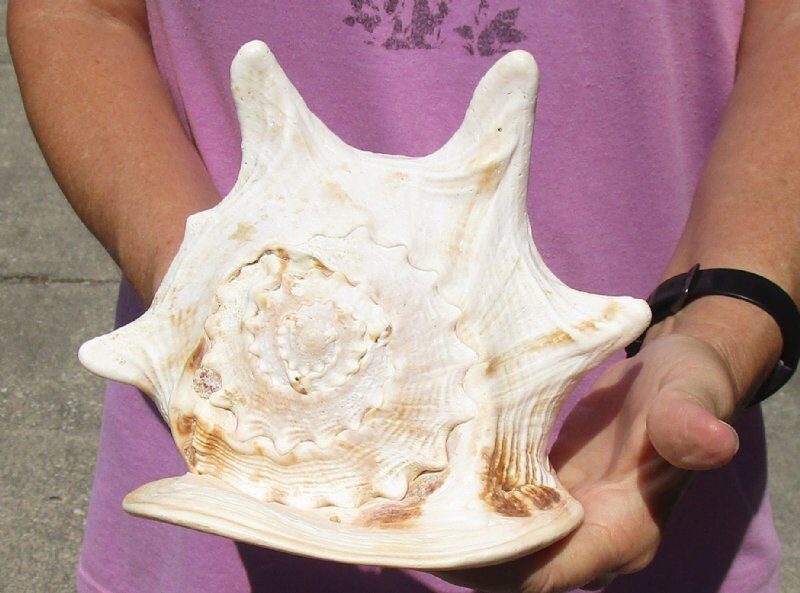
It is an extremely large sea snail and the largest of the helmet shells. This is a heavy, massive shell with horn-like projections and a wide, flat base. The front side of the shell is shiny, pale orange with faint white and brown spots.

The Spanish conquistadors clearly borrowed the helmet shape from this sea snail.
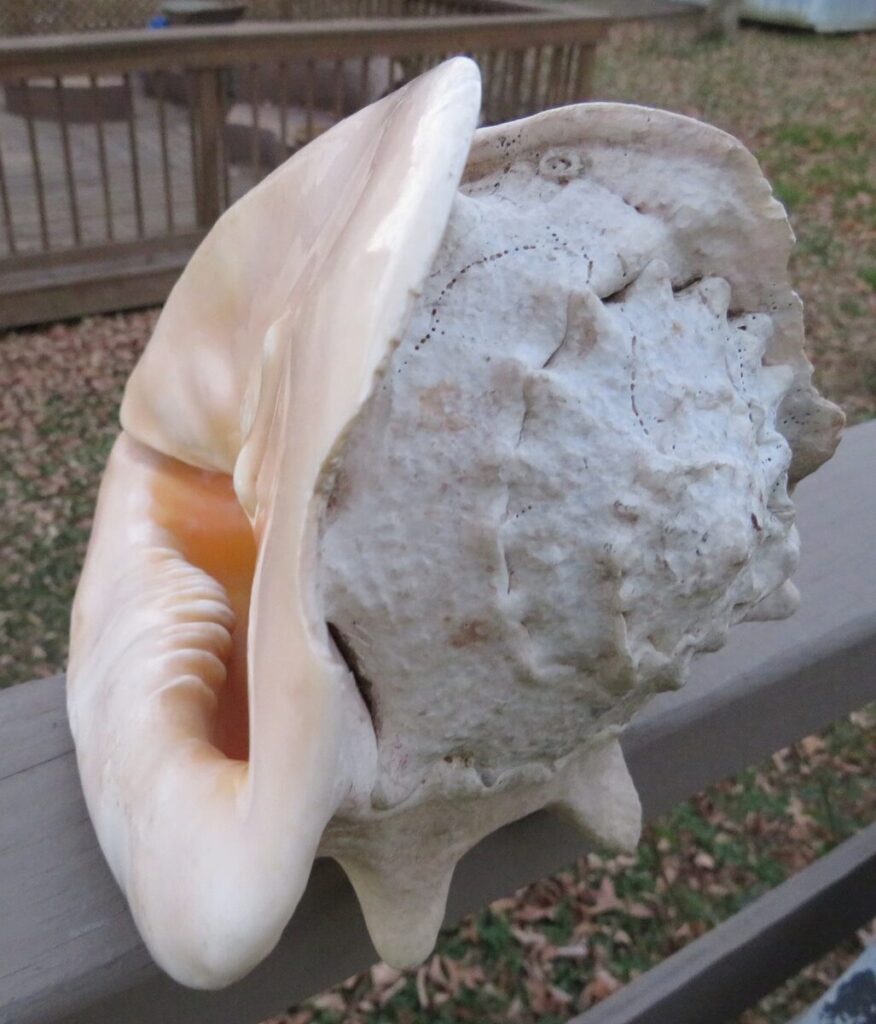
Giant cone
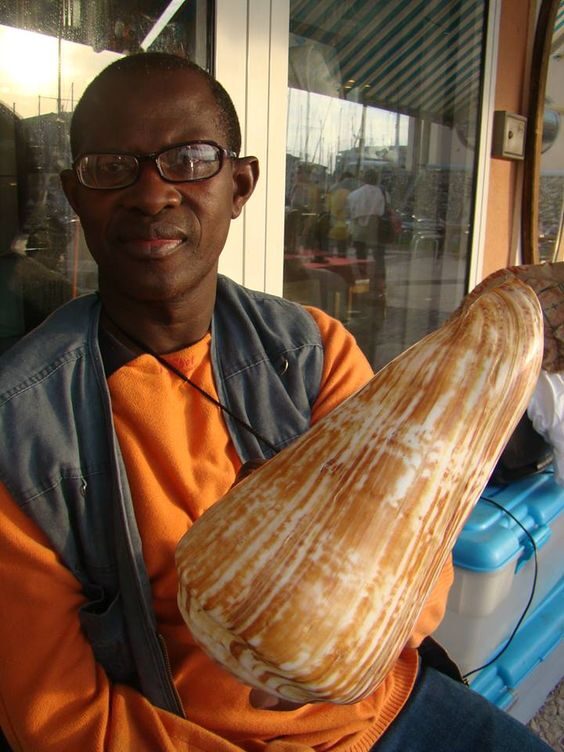
Amphora Melo
